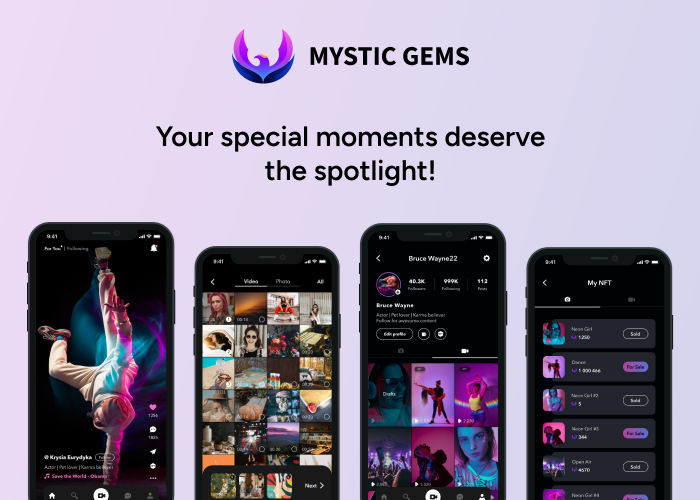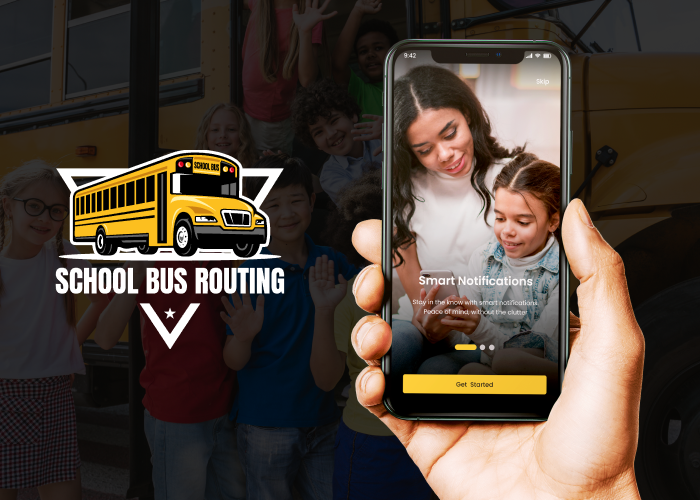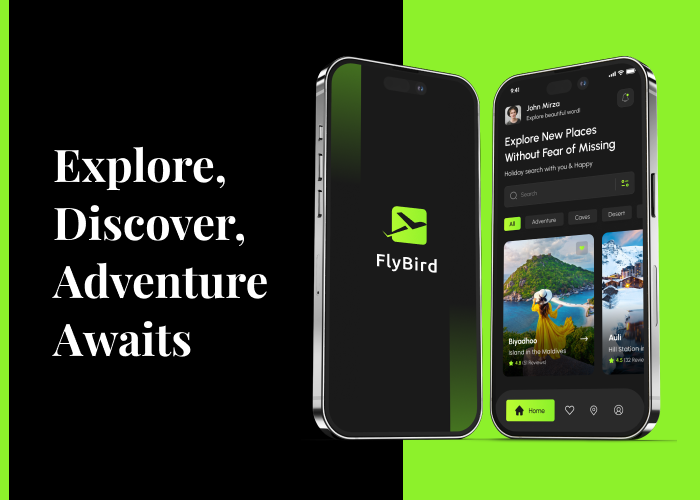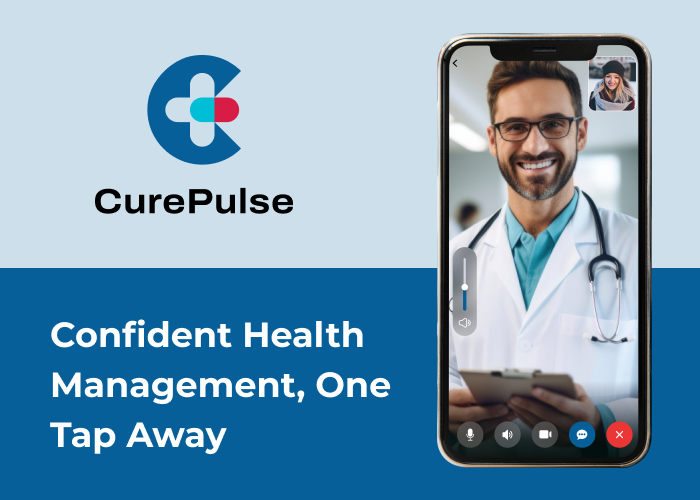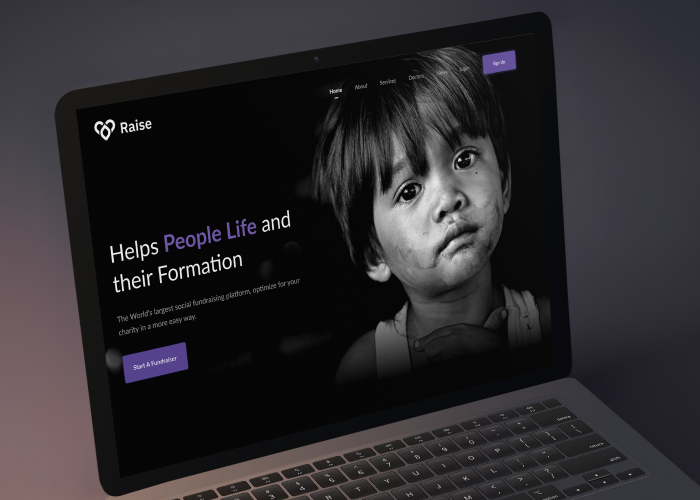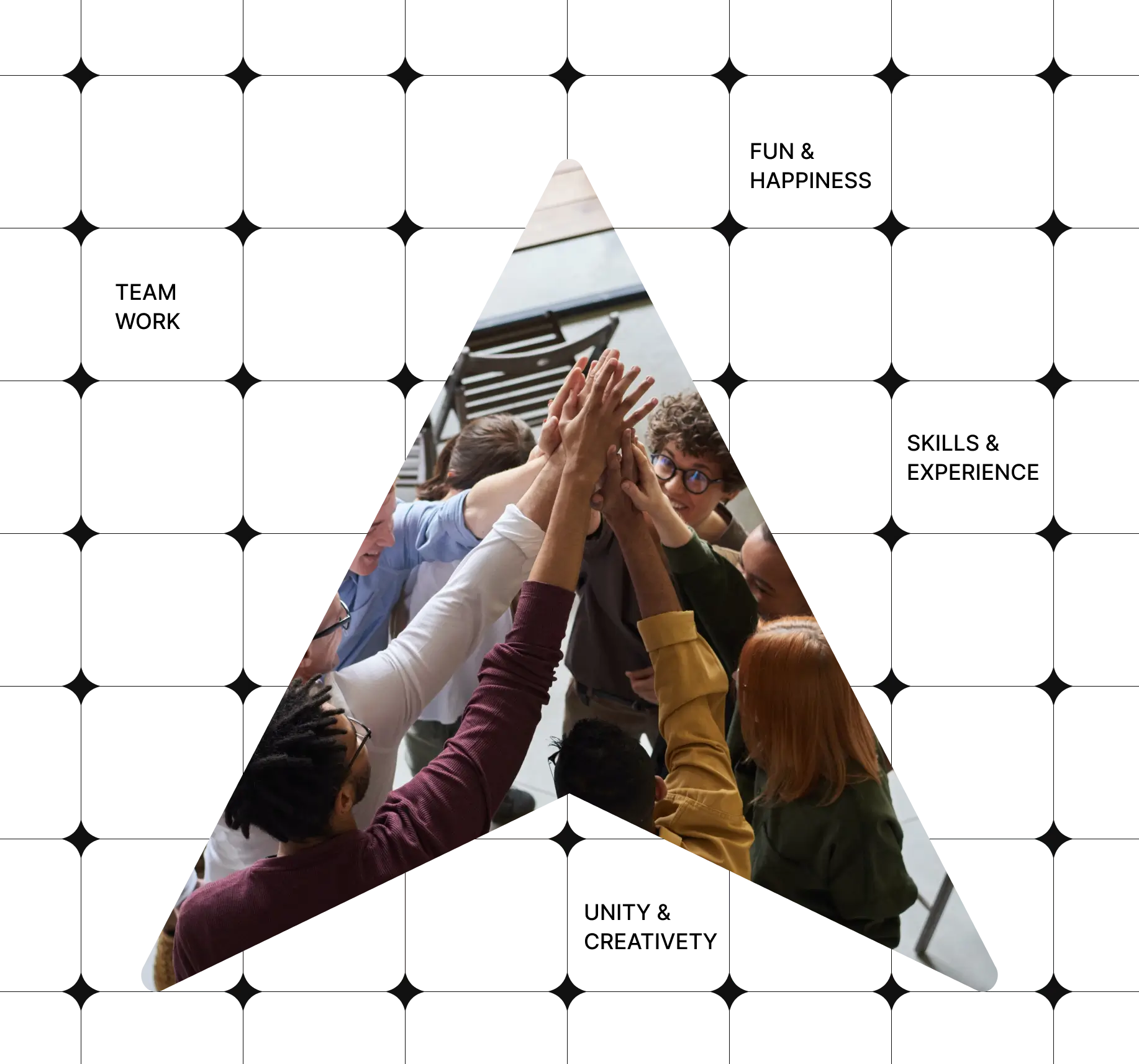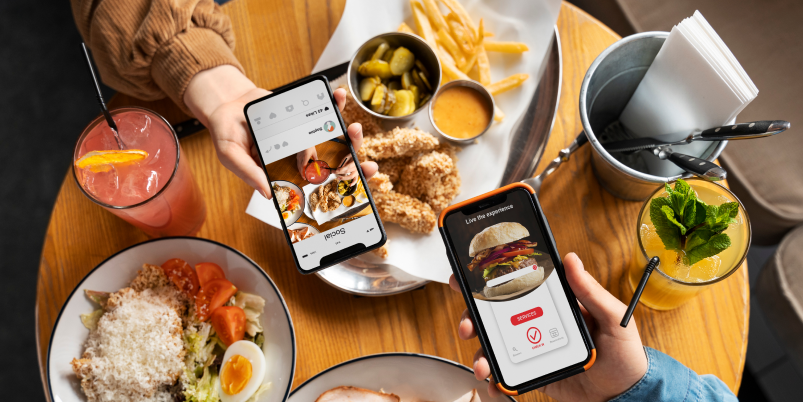
Why Choose Food Delivery App?
A lot of online restaurants are opting for online food
delivery, as most restaurant partners have developed
an online food delivery app and deliver the food
orders right at their customer’s homes with their own
food delivery app. Such an app is the basic needs of
any restaurant today! We help you develop your own
online food delivery app and help you increase sales
with a mobile app.
